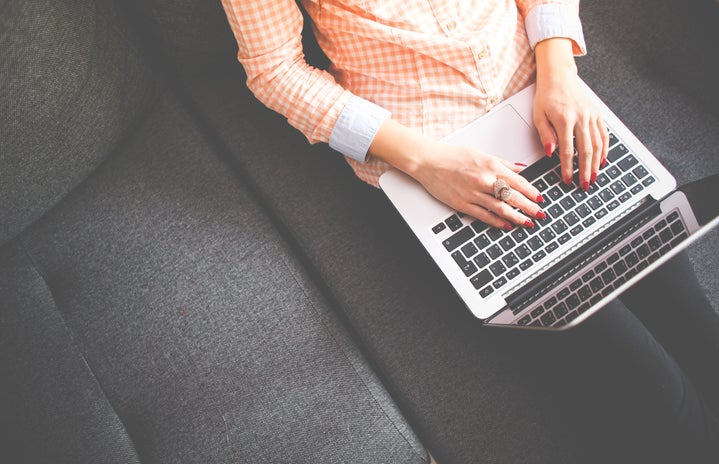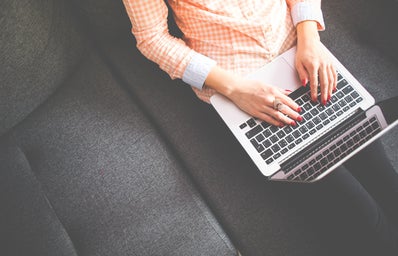What type of learner are you? The answer to this question is the key ingredient needed in order to excel in your courses and ace your exams. At a school the size of Auburn, almost half of the classes you’ll take will be lectures, where connecting with material and information is at the student’s expense. Therefore, by taking an extra second to establish how you learn best, you can gain insights on how to study more effectively and efficiently. Who doesn’t want that?
Visual Learners
If you prefer to see information and rely on visuals to clarify relationships between ideas, you’re a visual learner. In my personal experience, I’ve had very few teachers able to incorporate purposeful visuals into lecture structured lesson plans. Therefore, as a visual learner, it’s in your best interest to connect with the information by creating charts and graphics. For example, one of my highly artistic friends is dependent on visuals to gather understanding. She studies by sketching out comic strips of real life scenarios and examples of what her textbook is discussing. If you don’t need to go to that extreme, take a minute to Google image search information that you’re confused about and see if you can find a visual that contextualizes it. All in all, for you it’s essential to find a way to illustrate material. Once you do, I guarantee you’ll retain much more than you would staring blankly at your notes.
Auditory Learners
You can identify yourself as an auditory learner if you prefer lecture style classes. As an auditory learner, you prefer hearing the information as opposed to looking at it in a visual format or reading it out of a textbook. In order to study in the most effective way, think about recording lectures on your laptop or smart phone. This will allow you to play them back in the future as many times as you need. Auditory learners are able to heighten their understanding of concepts by reciting information out loud and repeating them. Try this type of verbal affirmation of information once you feel you have memorized a good amount and you’ll be surprised at how much more comfortable you’re with the material come test time.
Reading and Writing Learners
If this one isn’t obvious, you’re the kind of person who learns best while actively reading and writing. Putting a pen to paper has a huge mental connection for reading and writing learners. If you’re this type of learner, read the textbook. While doing this, annotate each section into your own words with a pen in hand and an index card close by. Going through the motion of having to write down information helps your brain connect your thoughts, decode them, and transfer them to a physical surface. This will allow for the most optimal engagement with the material at hand. Using note cards will also give you a resource to read the info over and over again with an ability to quiz yourself.
Kinesthetic Learners
All hands on deck! If you attribute to this type of learning, you value movement in order to absorb information. Clearly this can be a little bit harder incorporate when studying something from a textbook. However, it’s important for you to break the boredom of sitting in a chair for hours at a time. If you don’t, you’ll become antsy and disengaged from what you’re trying to learn. Repeat simple movements while studying in order to improve recall abilities. Often times if a kinesthetic learner repeats the motion they were making while studying a certain set of information, they’ll be able to access it faster. Stand or move while reciting or learning material. If you go to the library, I would suggest reserving a study room where you can stand up, write on a white board, spread out, and talk aloud. If you don’t have that ability, make sure to break up your study session with time to walk around, stretch, or even take a trip to the gym to exercise.


